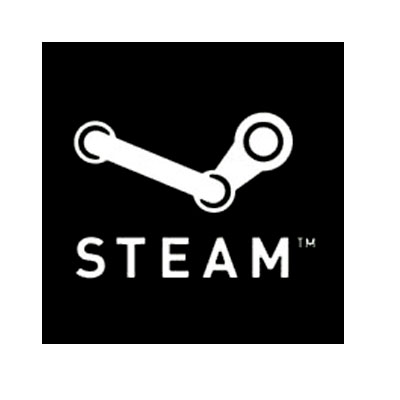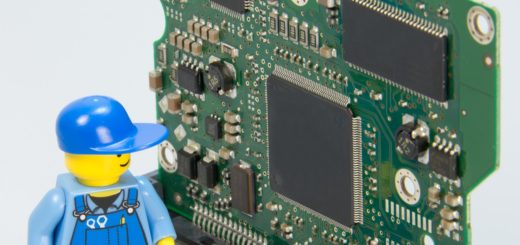How To Repair Zlib1.dll Errors On Windows – Working Zlib1.dll Errors Fix On Your Computer
Zlib1.dll is data compression file, and is part of the official build of the “zlib” library, which is generally free to use, hence its popularity. This file is used for general-purpose data compression and can be used on all operating systems. Still, however useful this file may be, it is often known to suffer from lots of errors as a result of the file becoming damaged or corrupted, or else simply vanishing from the system. Any of these problems with the file will leave Windows unable to either read or load it properly, resulting in the zlib.dll errors you see. You need to identify the cause of the problem in order to fix thezlib.dll errors and prevent these bugs from appearing any more. This tutorial will enable you to fix these kinds of errors on your PC.
What Causes ZLib1.dll Errors On Windows?
The different zlib1.dll error notifications are commonly displayed on your screen as a result of Windows not being able to read the file correctly, because of improper settings, malware infections or registry problems. To fix your computer, it is necessary to identify the source of these errors and resolve the problems that Windows may have with the file – which can be accomplished by performing the steps below:
How To Fix ZLib1.dll Errors On Your System
Step 1 – Re-Install Any Programs Showing Errors
You need to identify the specific applications that cause the errors to show. Once you pinpoint the source of the problem, you need to re-install that program. Doing this will provide Windows with fresh copies of the zlib.dll files to read, and hopefully will put a stop to the errors. To re-install the program, you need to uninstall it first by performing the following steps:
- Click on Start and then select Control Panel
- In control panel, click onto Add/Remove Programs or Programs and Features (for Vista and Windows 7 versions)
- Find the the program in the list, and finally click the “Remove” or “Uninstall” button.
- Reboot your PC once you are done with the removal process. This process will remove the program from your PC and should stop the annoying error messages from showing up.
After restarting your PC, insert the CD/DVD installer in its drive and run the installation program. You can also obtain a copy of the file installer from the Internet, if it is available, and run the file from your hard drive. This will ensure that Windows can access program files that are working.
Step 2 – Manually Replace the zlib1.dll file on your PC
Replacing the file manually is probably the best way to ensure that the zlib1.dll file is working properly. You need to obtain a fresh copy and register it to your Windows system. Here’s how to do it:
- Download zlib1.zip from the Internet
- Save the zlib1.dll file onto your computer’s hard drive
- Browse to c:\Windows\System32
- Locate the current zlib1.dll on your system
- Rename the current zlib1.dll to zlib1BACKUP.dll
- Copy & paste the new zlib1.dll into C:\Windows\System32
- Click Start > Run (Or search”run” on Vista & Win7)
- Type “cmd” in the box that appears
- Type “regsvr32 zlib1.dll” on the black screen
This process will replace the old zlib1.dll on your PC with a new, working copy which Windows should now be able to access. However, if this does not resolve the errors, proceed to the next step.
Step 3 – Clean Out The Registry
You should fix the zlib1.dll error by using a registry cleaner tool. The registry of your computer is a huge source of vast amounts of Windows, problems including the zlib1.dll errors. The registry is a large central database that is used by Windows to save all the key settings for files and programs that are saved or installed on your PC. Despite having a key role in the smooth operation of your system, the registry continually experiences problems due to the constant accessing of it by Windows. Because Windows accesses multiple registry keys at the same time, it sometimes gets confused and saves them incorrectly, causing them to be corrupted or lost. You need to fix the problem by using a “registry cleaner” that can scan the registry for errors of this kind and fix them.




